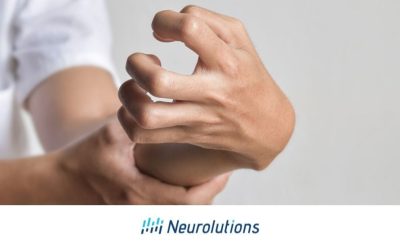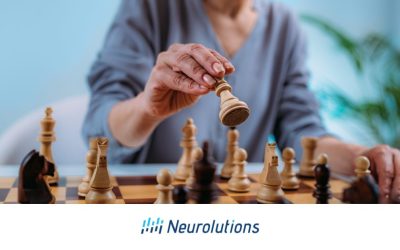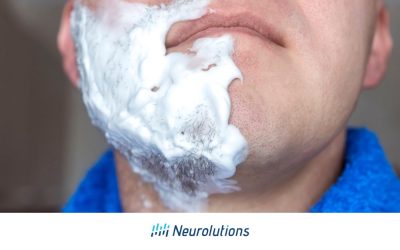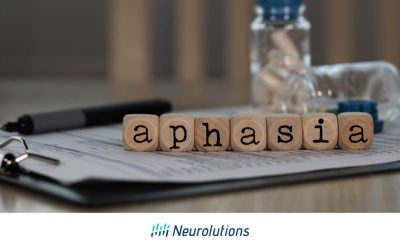What is Dysarthria? Dysarthria can make words sound unclear, but many people can improve their speech with the right help. Dysarthria is a...
Stroke Information
and Recovery Articles
Your Resource for Understanding
Strokes and Stroke Recovery
Understanding the Fugl-Meyer Assessment
After a stroke, many survivors experience paralysis or weakness on one side of their body, making everyday tasks like walking, dressing and...
Introduction to Muscle Hypertonicity and Stroke
After a stroke, many individuals experience changes in their muscles and movement abilities. One common challenge is muscle hypertonicity, a...
The Use of Botox after a Stroke: Benefits and Applications
Understanding Botox Botox is a purified protein derived from natural sources that gently blocks certain nerve signals, making it effective for...
Claw Toe: Effective Strategies for Management and Treatment of Related Toe Conditions
What Is Claw Toe and How Does It Affect Stroke and TBI Survivors? Claw Toe is a condition where the toes curl in a claw-like shape, often...
The Importance of Salience in Stroke Recovery
Introduction Stroke affects the brain's ability to send signals to the body, but neuroplasticity can help recover lost abilities. Focusing on...
Unlocking Cortical Plasticity
Unlocking the Power of Cortical Plasticity Introduction Cortical plasticity and neuroplasticity are terms that are often used to mean the same...
Navigating Left Neglect
Hemispatial neglect, also known as left neglect, can occur following a stroke or traumatic brain injury (TBI). Typically, the right side of the...
Exploring Aphasia: A Comparative Guide to the Three Main Types of Aphasia
Introduction Aphasia is a condition that affects a person’s ability to communicate. It can impact a person's speech, their ability to...









